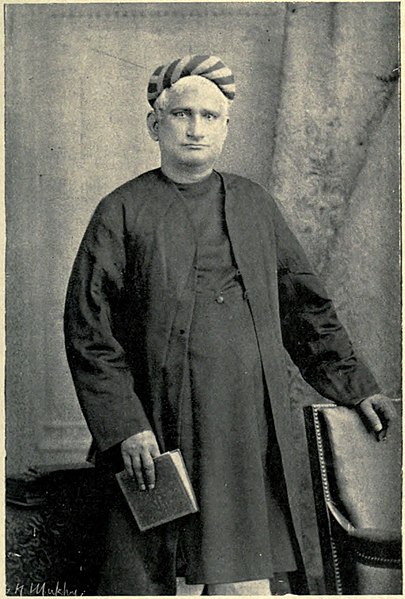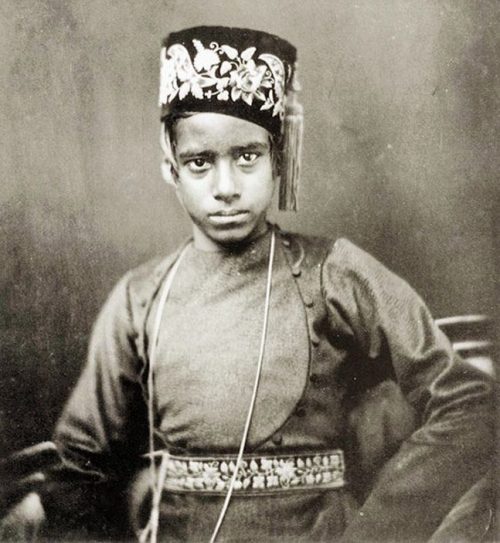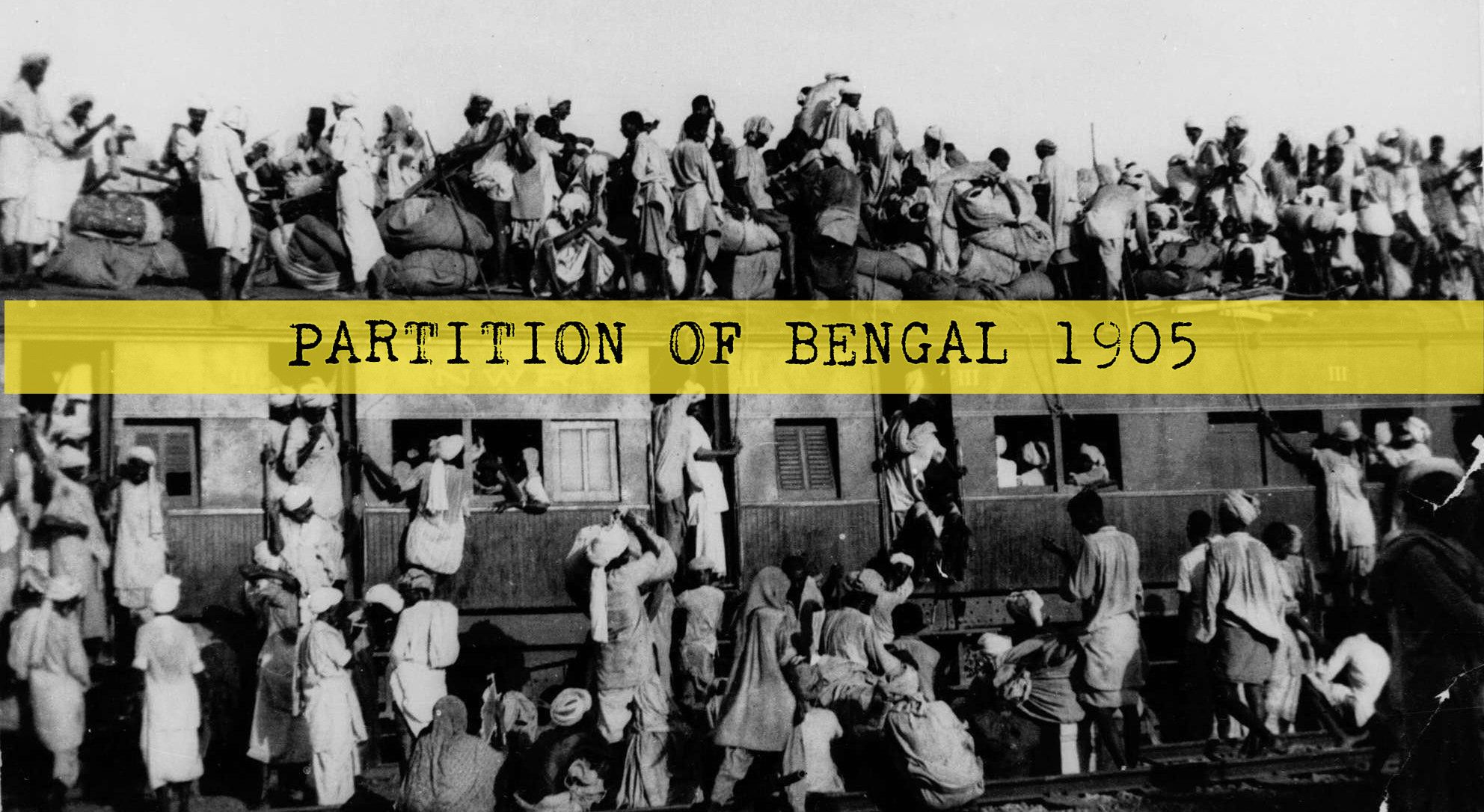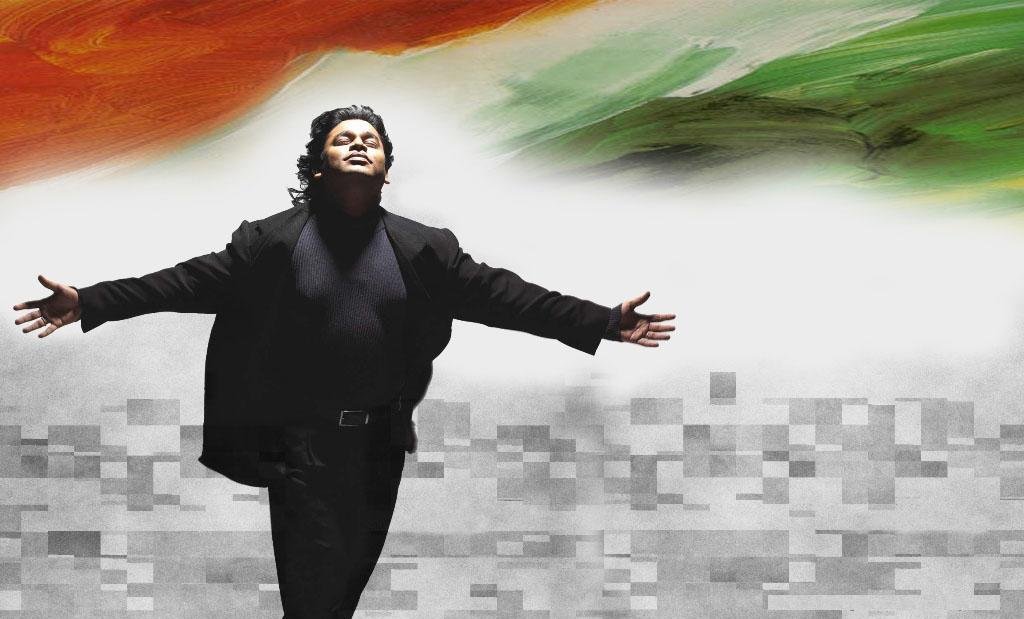Bankim Chandra Chattopadhyay: Remembering the Legend Who Wrote Vande Mataram
Few Indians know about the legend who so meticulously crafted India's national song, Vande Mataram. Here's the little-known story of Bengal's Bankim Chandra Chattopadhyay.

I bow to thee, Mother,
richly-watered, richly-fruited,
cool with the winds of the south,
dark with the crops of the harvests,
The Mother!Her nights rejoicing in the
glory of the moonlight,
her lands clothed beautifully with
her trees in flowering bloom,
sweet of laughter, sweet of speech,
The Mother, giver of boons,
giver of bliss!– Translation of Vande Mataram by Aurobindo Ghosh in 1909.
The year was 1905 and Bengal was aflame with anger against the British Raj’s decision to partition the province on communal lines. From the turmoil triggered by this anger emerged an iconic song that would go on to become the rallying cry of the Swadeshi movement — Vande Mataram.
Sung by Rabindranath Tagore as he led revolutionary marches and hailed by Aurobindo Ghosh as the name of his nationalist magazine, Vande Mataram‘s rousing words captured the imagination of a nation fighting colonial rule. By the 1920s, it had been translated into diverse languages, and in 1951, it was designated India’s national song by the Constituent Assembly led by Rajendra Prasad.
Yet few Indians know about the legend who so meticulously crafted this song (as a part of his novel, Anandamath) way back in 1882. Here’s the little-known story of Bankim Chandra Chattopadhyay.

Born on June 27, 1838, in a village in Bengal’s North 24 Parganas, Bankim was the son of Chandra Chattopadhyaya – who served as the deputy collector of Midnapur. A bright student throughout his childhood, he went to Hooghly Mohsin College before graduating in Arts from Calcutta’s famous Presidency College.
Later, Bankim studied law and joined work as a government official after completing his studies. He was appointed the deputy collector of Jessore. It was during this tenure that he began realising how adversely British colonialism was affecting India’s rich civilisation and economy.
As the feeling of nationalism rose within him, Bankim found his calling in writing. While his first published work — a novel called Rajmohan’s Wife — was in English. He soon shifted to Bengali with the aim of bridging the gap between the masses and the educated elite.
With this in mind, in 1872, he established a monthly literary magazine, Bangadarshan, through which he encouraged the emergence of a Bengali identity and nationalism. He also started writing fictional stories and novels that quickly became a great hit with the readers.
Interestingly, as a teenager, Rabindranath Tagore was a big fan of Bankim’s magazine and would avidly await the arrival of its new edition. In fact, he would later recall his great enthusiasm for the magazine in his memoirs,
“It was bad enough to have to wait till the next monthly number was out, but to be kept waiting further till my elders had done with, it was simply intolerable!’

As for Bankim, he went on to write numerous novels, stories and essays that were later translated into several languages. In 1882, nearly a decade after the launch of Bangadarshan, Bankim conceived a novel which would act as a powerful literary instrument to stir anti-colonial feelings within the country.
Written at a time when Bengal was hit by three famines one after another, Anandamath was the story of a group of monks who fought the British during the Fakir-Sanyasi Rebellion of the early 1770s. Banned by the colonial authorities, it was in this masterpiece that Vande Mataram was first published as a poem.
Sadly, two years after he published this novel, an ageing Bankim breathed his last on April 8, 1894, unaware that his poem would go on to be immortalised in the annals of Indian history.
In the 1896 session of the Indian National Congress, Rabindranath Tagore gave a sublime tune (that he had composed himself) to Vande Mataram and sang it publicly for the first time. In 1905, it became INC’s rallying cry during the partition of Bengal and soon graduated to becoming fiercely emblematic of the Indian freedom struggle.

However, in 1951, the Constituent Assembly decided to make Tagore’s Jana Gana Mana as the country’s national anthem instead of Vande Mataran. In the aftermath of Partition, doubts evinced by detractors about the song’s chequered history and propensity to cause communal discomfort was the reason for this decision.
As Mahatma Gandhi wrote in Harijan in July 1939,
“No matter what its source was, and how and when it was composed, had become a most powerful battle cry among Hindus and Musalmans of Bengal during the Partition days. It was an anti-imperialist cry.
As a lad, when I knew nothing of ‘Ananda math’ or even Bankim, its immortal author, Vande Mataram had gripped me. And when I first heard it sung, it had enthralled me. I associated the purest national spirit with it. It never occurred to me that it was a Hindu song or meant only for Hindus. Unfortunately now we have fallen on evil days…”
Nonetheless, Vande Mataram went on to be honoured as India’s national song and remains a melody with the power to touch the nation’s collective conscience.

Interestingly, Tagore was also responsible for resurrecting Bangadarshan in 1901 after it stopped publication following Bankim’s death in 1884.
In the years to come, it would continue to nurture its founder’s nationalist philosophy while carrying its new editor’s brilliant writings. In fact, Tagore’s Chokher Bali (his first full-length novel) and Amar Sonar Bangla (the national anthem of Bangladesh now) were first published in Bankim’s Bangadarshan!
So in a way, its only fitting that this story ends with the heartfelt words Bankim’s two proteges, Aurobindo Ghosh and Tagore once wrote about him.
“Bankim created a language, a literature and a nation” wrote Aurobindo, paying a tribute to the man who gave India its national song.
“Bankim Chandra had equal strength in both his hands, he was a true sabyasachi (the Bengali word for ambidextrous). With one hand, he created literary works of excellence; and with the other, he guided young and aspiring authors. With one hand, he ignited the light of literary enlightenment ; and with the other, he blew away the smoke and ash of ignorance and ill conceived notions” is what Tagore penned in the memory of his legendary mentor.
(Edited By Vinayak Hegde)
Also Read: Abid Hasan Safrani, The INA Soldier from Hyderabad Who Coined “Jai Hind”
Like this story? Or have something to share? Write to us: [email protected], or connect with us on Facebook and Twitter.
NEW: Click here to get positive news on WhatsApp!
If you found our stories insightful, informative, or even just enjoyable, we invite you to consider making a voluntary payment to support the work we do at The Better India. Your contribution helps us continue producing quality content that educates, inspires, and drives positive change.
Choose one of the payment options below for your contribution-
By paying for the stories you value, you directly contribute to sustaining our efforts focused on making a difference in the world. Together, let’s ensure that impactful stories continue to be told and shared, enriching lives and communities alike.
Thank you for your support. Here are some frequently asked questions you might find helpful to know why you are contributing?


This story made me
- 97
- 121
- 89
- 167










